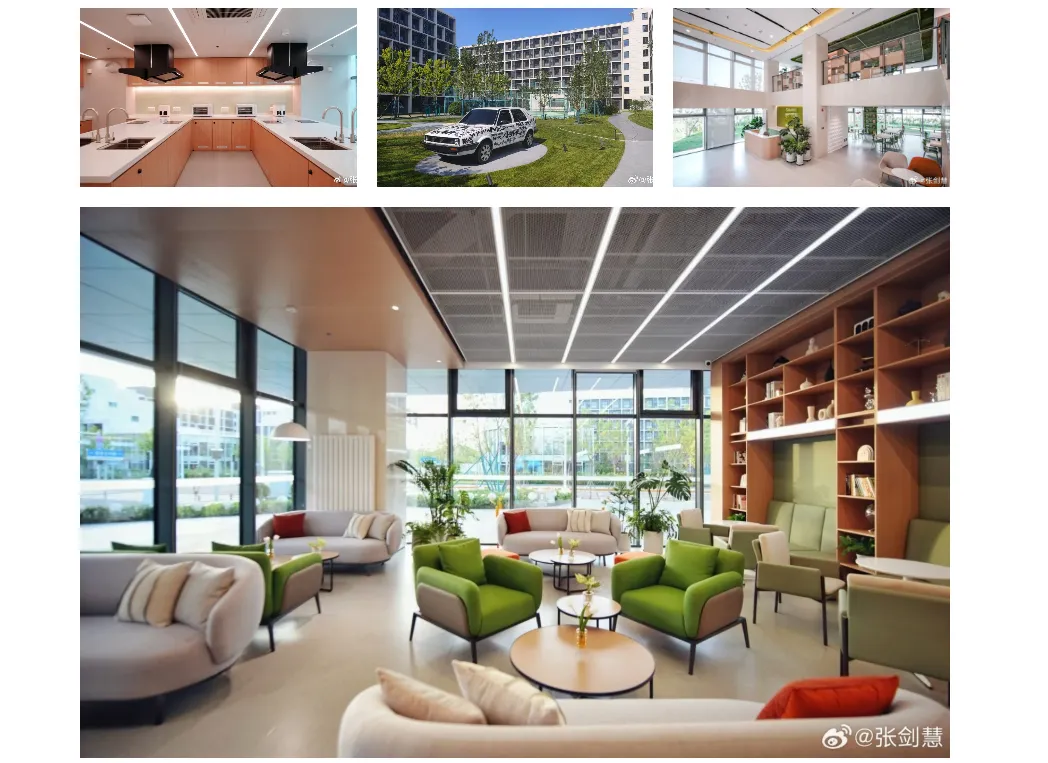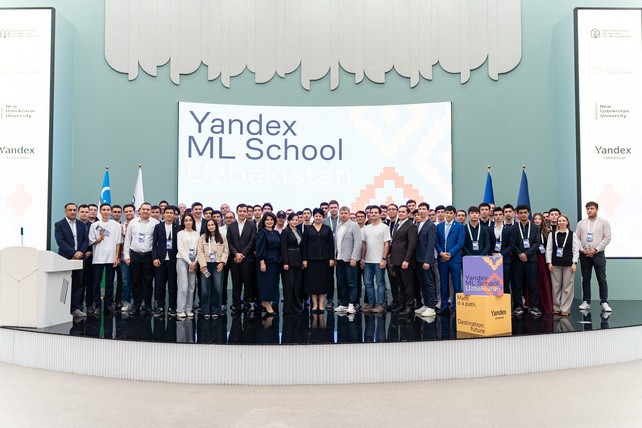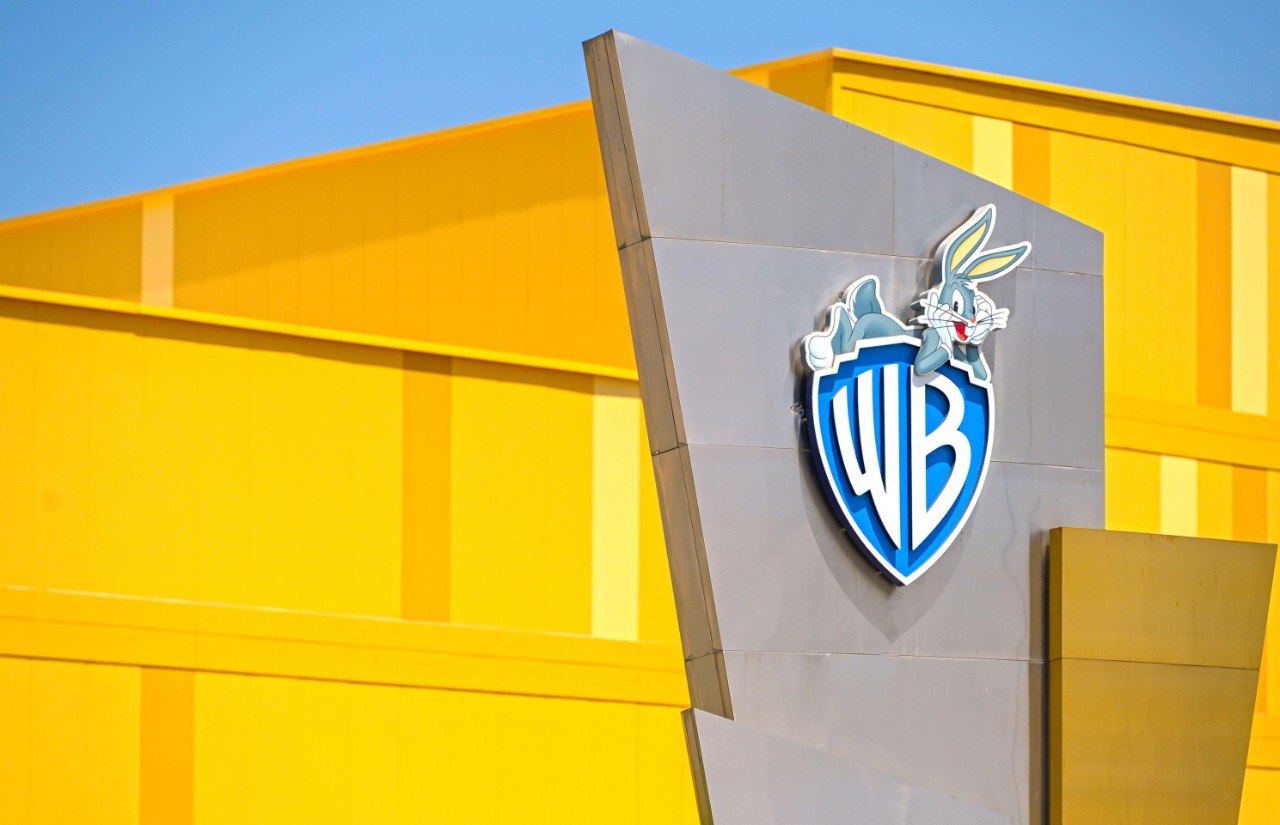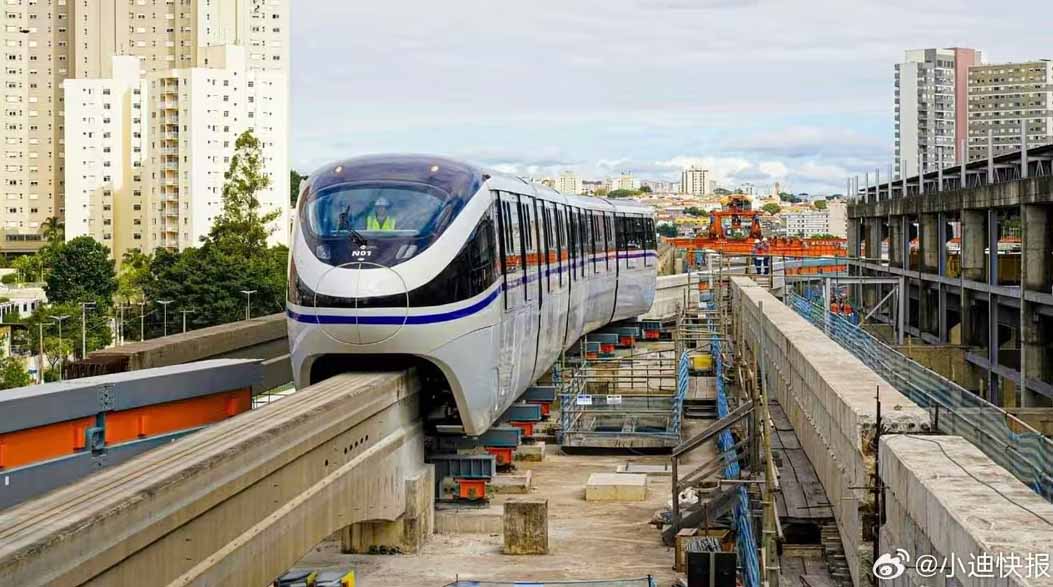Amazon Web Services (AWS) has reported significant progress in implementing its environmental strategy: by 2030, it plans to become "water-positive" — that is, to replenish more water than it consumes. To date, the indicator has been reached in 53% of the target. One of the key steps is a large — scale transition to recycled water used for server cooling.
According to the report, 120 data centers in the United States have already switched or are preparing to switch from drinking water to treated wastewater, which will save more than 530 million gallons of water-the equivalent of about 2 billion liters. Particularly active implementation of the new scheme is taking place in regions with limited water resources, such as California and Virginia, where there are now 24 facilities that use water after sewage treatment.
According to Kevin Miller, AWS Vice President of data center Operations, the company uses dynamic cooling management algorithms that take into account weather conditions and time of day to minimize water consumption. Several technologies are used at once: evaporative cooling, air coolers, and traditional air conditioning. Additionally, AWS invests in the restoration of natural reservoirs and the construction of water treatment infrastructure.
It is important to note that since 2021, AWS water efficiency has increased by 40%, and in terms of WUE (Water Usage Efficiency), the company has become an industry leader, demonstrating consumption of only 0.15 liters per kWh, while the nearest competitor — Microsoft-this indicator is 0.3 liters.
At the same time, some experts point out a methodological problem: the calculations do not take into account the water consumed by power plants that operate data centers. Despite this, experts recognize the effectiveness of Amazon's approach. For example, WateReuse Association spokesman Brian Bisemeyer noted that AWS "not only saves drinking water, but also demonstrates that resource reuse is possible even in one of the most water-intensive industries."
By 2030, Amazon plans to fully compensate for its water consumption by combining technological innovations and environmental projects. The initiative will be part of a global transformation of approaches to sustainable development in the field of high technologies.













